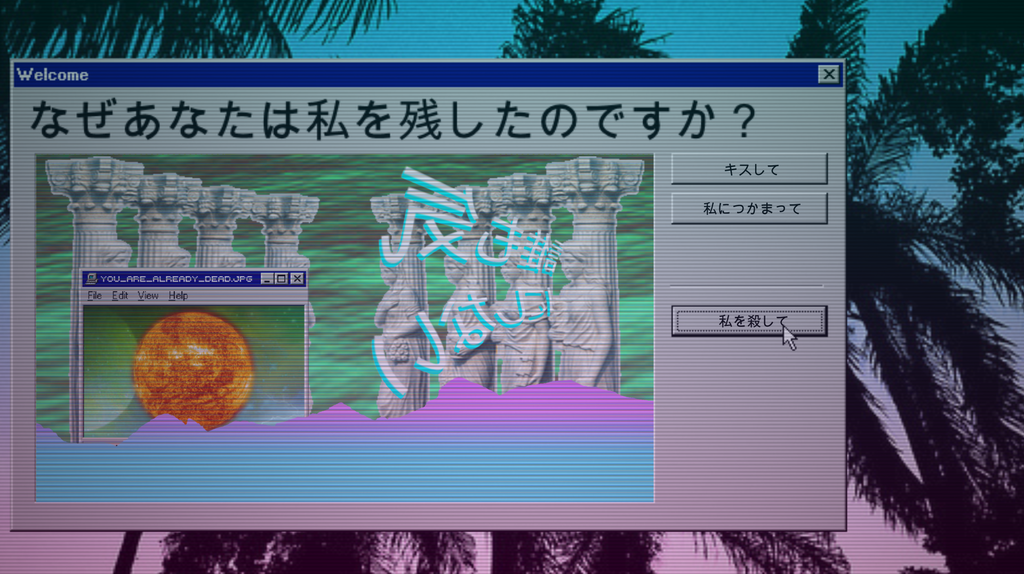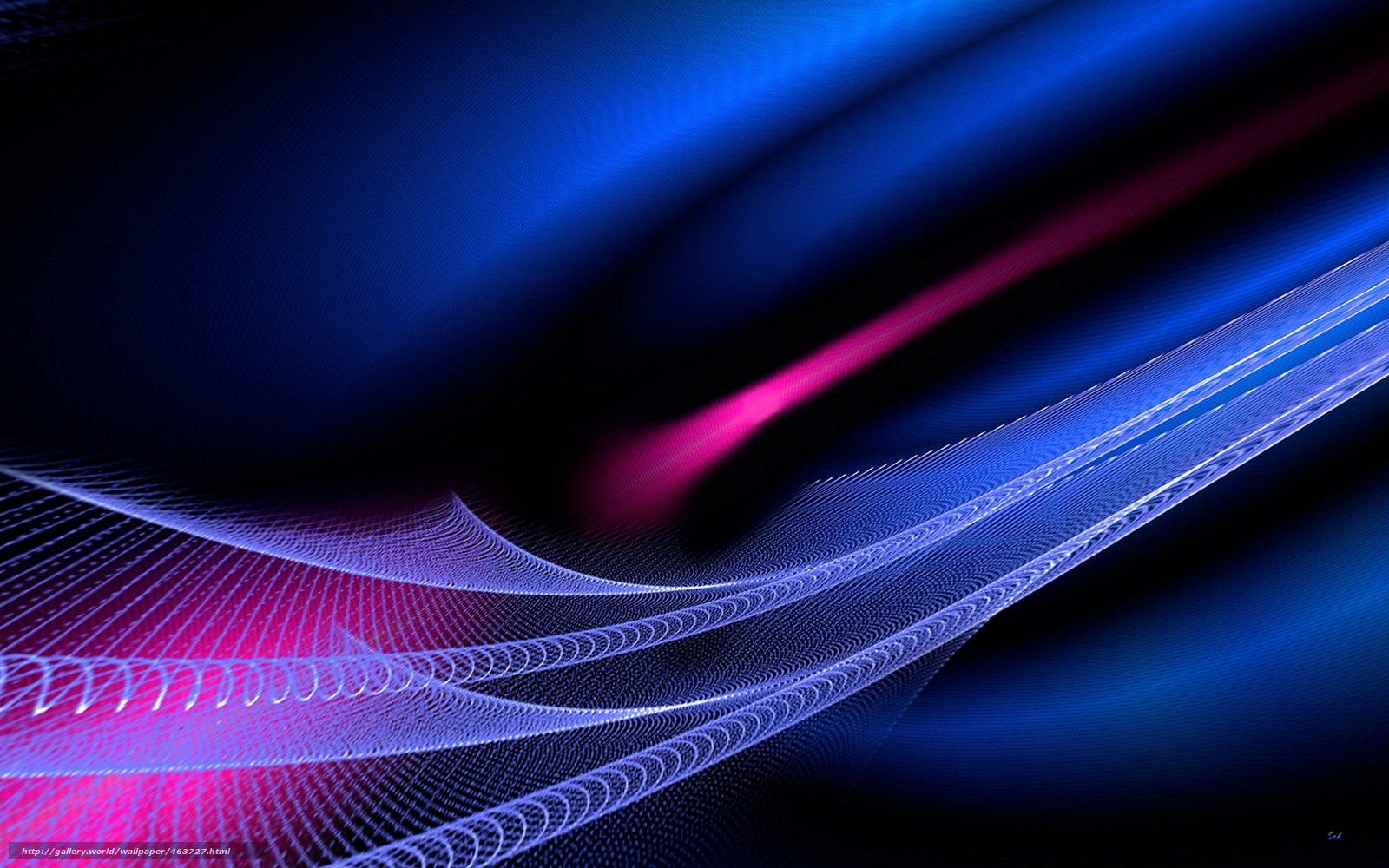

The standard Windows desktop can be run on something as small as a USB stick shape device such as the Intel Compute Stick which is a full PC with features such as USB 3.0 port, HDMI and fast wireless.ĥ. Today, you can get a computer in a range of shapes and sizes.

Form factors – PC’s as noted came in standard form factors ATX, BTX, Laptop, etc. Desktop PC’s still existed and are used by many, but PC’s have become more personal than ever, Tablets that you use to replace books, a PC that you keep in your pocket.Ĥ. Since Windows 95, the PC has evolved significantly, not only does Windows run on the most powerful servers out there, but on a small device such as my Lumia 625 smartphone. For many, the idea of a PC was a 14 or 15-inch CRT on top of a desktop profile system unit or standing ATX tower. It was amazing to see something like that. Mobility – I remember the first time I saw a laptop in person, it was at a family reunion, which was around 1997. Long file names were a welcome addition to Windows, moving away from the 8-character limit.ģ. I just share the Internet and wirelessly connect to it and I don’t have to be stationary in one place. Remember the dialup sound your 56K modem made? Today, I connect to the Internet using mobile broadband shared from my Lumia smartphone.
Windows 95 desktops password#
I am sure some of you might remember the old days of getting a username and password from your ISP and tying up the phone line to dial up in anticipation to browse this new exciting world. Windows 95 help usher in this new era by making it easier to connect to networks large and small, the biggest one being the Internet. Wireless – Back in the ’90s and even early 2000s, some of us didn’t have access to the Internet. So, stability is definitely a great improvement.Ģ. Windows NT also introduced some improvements we take for granted: preemptive multitasking (ability to juggle multiple apps at a time), journaling file system, memory management, and symmetric multi-processing. Although BSODs have not gone away, they are a rare occurrence, if you do see one, it’s likely a poorly written driver. Windows NT which preceded the release of Windows 95 by a couple of years became the mainstream foundation of Windows starting with Windows XP (2001). Windows 95 made the Blue Screen of Death a popular past time and earned a bad reputation along the way. Stability – As much as Windows 95 was an improvement over older versions such as Windows 3.1, it still suffered from regular crashes, not just from itself, but applications and hardware drivers. Here’s a look at how Windows 95 kicked off a tech revolution that leads to the remarkable advancements we see in computing today.ġ.

If you take a few moments, you will realize we have come a long way since the days of CRTs, Defragging, BSODs, and Floppy diskettes.

What has changed since then though? 20 years later, we still have a Start button, a Taskbar, a desktop, Computer, Network, Documents even though they have dropped the ‘My’ nomenclatures. We also saw plug and play support, improved graphics subsystem, 32-bit computing, and a host of other features. Some of the hallmark features included an improved graphical user interface which featured, for the first time, the Taskbar and Start menu - both still survive today.
Windows 95 desktops software#
The OS launched with pizzazz that no other software product has seen since, not even from Apple. Windows 95 was my first broad introduction to computers in high school on some old IBM Aptivas with Office for Windows 95. For many people, Windows 95 was their first introduction to the PC and the Internet. Microsoft today is celebrating the 20 th anniversary of Windows 95. Here’s a look at how Windows 95 kicked off a tech revolution and how things have changed. Microsoft today is celebrating the 20th anniversary of Windows 95.


 0 kommentar(er)
0 kommentar(er)
